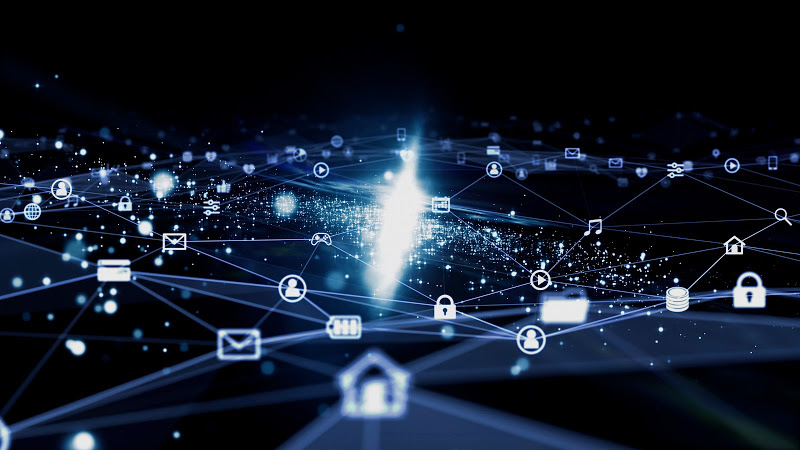Blockchain technology refers to a digitized ledger system that enables transactions worldwide over synchronized computer systems and soft wares. It is designed to allow for honest sharing of business information under high-security management and within a short time at an affordable cost. The system establishes direct contact between the two parties sharing the information. This direct contact eliminates the need for middle parties such as banks who join these parties, providing trust certifications for each at an agreed cost. Blockchain Development technology is applicable in many fields ranging from banking, health, drug tracking, and the food industry.

Blockchain development
The development of a blockchain is a procedural process. First, the problem in the market is identified, and a possible solution is suggested. It is then determined whether a blockchain system will solve this problem. The development process of a blockchain takes ample time. And it is considered wise first to assess its possible success in the industry intended.
A favourable developer of blockchains selecting once it is proven that a blockchain is feasible for the industry. Next comes the idealization of the chain-flow of services. It is now time to collect and incorporate various parties’ ideas and access to practice. Possible solutions likely come along this way, and the developer has to pinpoint, accept, and incorporate them in their blockchain to suit consumer needs. Finally, a good developer working for a food industry would first listen. Listen to what the client expects of their system and the improvement expected on their current system. Evidence-based study in each sector is the primary building block of any chain.
Blockchain software development
Software development in the blockchain involves creating various platforms of communication and transactions. A function to allow the request of a transaction comes first. The transaction then represents in a block containing a wide variety of data on past and current transactions closely to create links defining each of the transactions among various people in the network. The creation of awareness builds a sense of marketing for recent transactions. Moreover, a broadcast function is constructed to enable access of the block to all people connected to the network.
People who receive this broadcast have to be members of the chain system and place their commitments to honour transparency in their transactions and information relay. A platform for validation of the transaction by relevant members follows. Also, members reserve rights to share their views about the commerce to the best of their knowledge and interest and are allowed to decline or accept the suggested transaction’s credibility at a consensus. Moreover, if the members unanimously validate the transaction, the transaction block is added to the chain to form a blockchain. Only one copy of the resulting ledger is produced, which reduces cost. This copy is made available for all members of the network

Blockchain 3.0
Block-chain 3.0 has not yet hit the market and is still in its development stages. It is an improvement of 2.0 in that it intends to promote autonomy by enabling the implementation of an innovative contracting concept. Decentralized systems are encouraged to learn. To learn from the data fed to them to allow contracting at a relatively higher autonomy level. An interesting fact about the current blockchain system is its ability to execute agreed penalties when the contracting terms are breached. If a customer, for instance, fails to honour the payment terms, the blockchain system is enabled to cut off the supply of the product or service involved until such a time that the consumer honours the deal. However, this practice is only applicable if the consumer had agreed and signed to it when signing the contract.
Conclusion
Finally, blockchain systems have revolutionized the world of business. They provide a decentralized, automated, secure, and transparent platform for business contracting across many parts of the world. Synchronizing and storing the data in organized media called blocks allows easy access to past and current transaction details at record time. Moreover, it is incredible how such classified data is available to the public domain yet remains secure and reliable with no single central failure point. The information above will help you understand Blockchain development better. Also, this is a decentralized digital ledger that saves transactions, and it is safe.